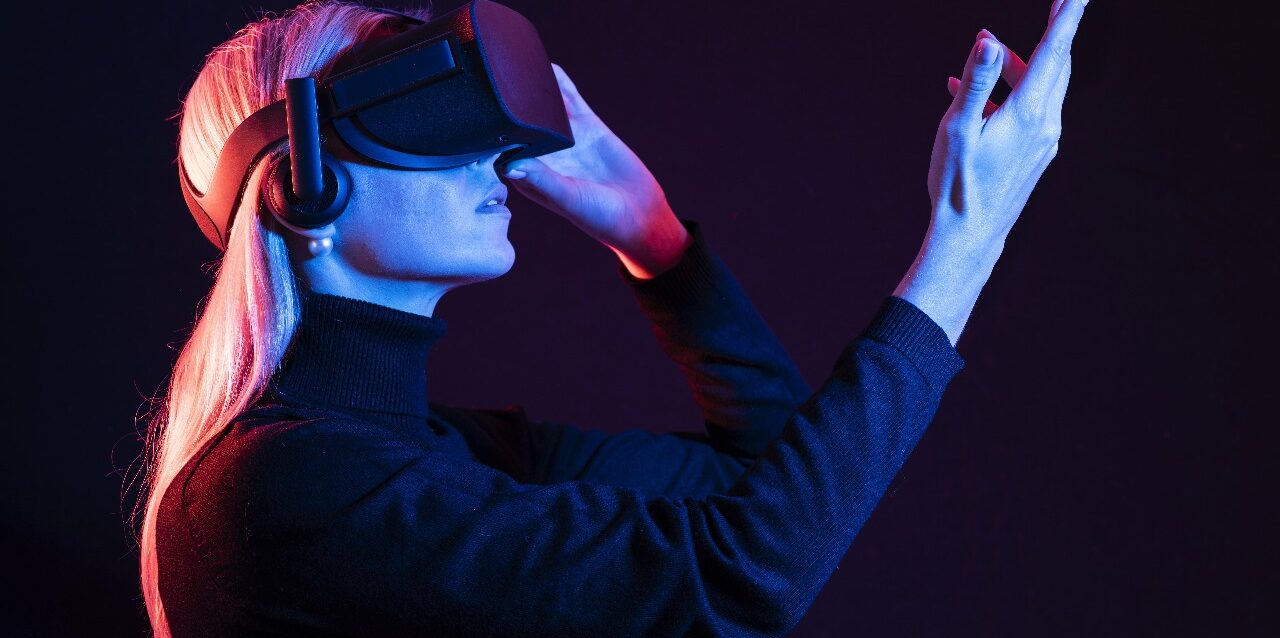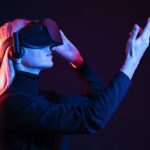Author: Elizabeth Loyola
Virtual reality is a technology based on the principles of human-computer interaction, which allows the user to interact with a digital environment that replicates the physical world through an optical illusion that transmits visual information. In recent decades, this technology has undergone significant advances that have enabled its application in various fields, most notably medicine, in areas such as pain management, degenerative disorders such as Parkinson's disease, phobias and anxiety, and mobility and balance problems, demonstrating effectiveness in each of them. Among these fields of application is motor rehabilitation, the purpose of which is to maximize the independence of patients after an injury or illness. Internationally, March 23rd is commemorated as Motor Rehabilitation Day.
In the field of motor rehabilitation, virtual reality has made it possible to transform conventional therapies into immersive, interactive, and personalized experiences, with limb mobility and balance being the most common therapies. In this regard, various studies highlight among the main benefits of virtual rehabilitation the increase in patient motivation and participation, thanks to visual feedback and the incorporation of tasks oriented toward the manipulation of virtual objects, which contributes to the strengthening of motor and cognitive skills, improving therapy outcomes. Furthermore, related studies have demonstrated the usefulness of virtual reality in promoting physical activity and stimulating functions such as memory, attention, and problem-solving, especially in older adults.
However, despite its many benefits, the use of virtual reality in motor rehabilitation still faces several challenges. Recent research points to the technology's acceptance by both patients and therapists, the decrease in direct patient-therapist interaction, technological costs, the need for training, and the lack of standardized protocols for its effective and safe use. These challenges represent an invitation to engineers and technologists committed to their communities to develop devices and systems that help improve patients' motor skills and, consequently, their quality of life.
References
Alwadai, B., Lazem, H., Almoajil, H., Hall, A.J., Mansoubi, M., & Dawes, H. (2025). Telerehabilitation and its impact following stroke: An umbrella review of systematic reviews. Journal of Clinical Medicine, 14(1), Article 50. https://doi.org/10.3390/jcm14010050
Bateni, H., Carruthers, J., Mohan, R., & Pishva, S. (2024). Use of virtual reality in physical therapy as an intervention and diagnostic tool. Rehabilitation Research and Practice, 2024, Article ID 1122286. https://doi.org/10.1155/2024/1122286
Naqvi, W.M., Naqvi, I., Mishra, G.V., & Vardhan, V. (2024). The dual importance of virtual reality usability in rehabilitation: A focus on therapists and patients. Cureus, 16(3), Article e56724. https://doi.org/10.7759/cureus.56724
Bevilacqua, R., Maranesi, E., Riccardi, GR, Donna, VD, Pelliccioni, P., Luzi, R., Lattanzio, F., & Pelliccioni, G. (2019). Non-immersive virtual reality for rehabilitation of the older people: A systematic review into efficacy and effectiveness. Journal of Clinical Medicine, 8(11), Article 1882. https://doi.org/10.3390/jcm811188



